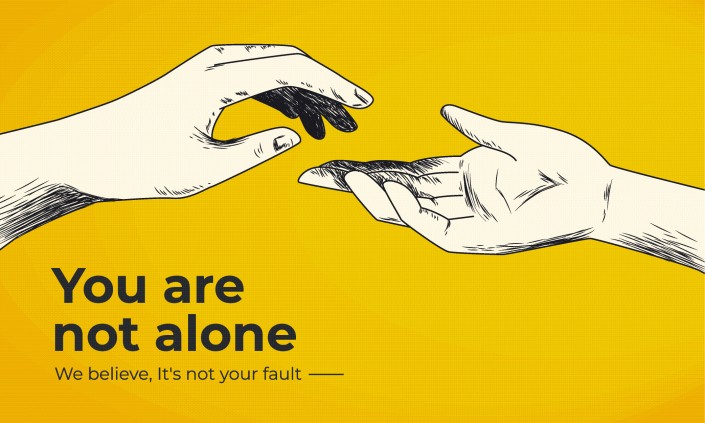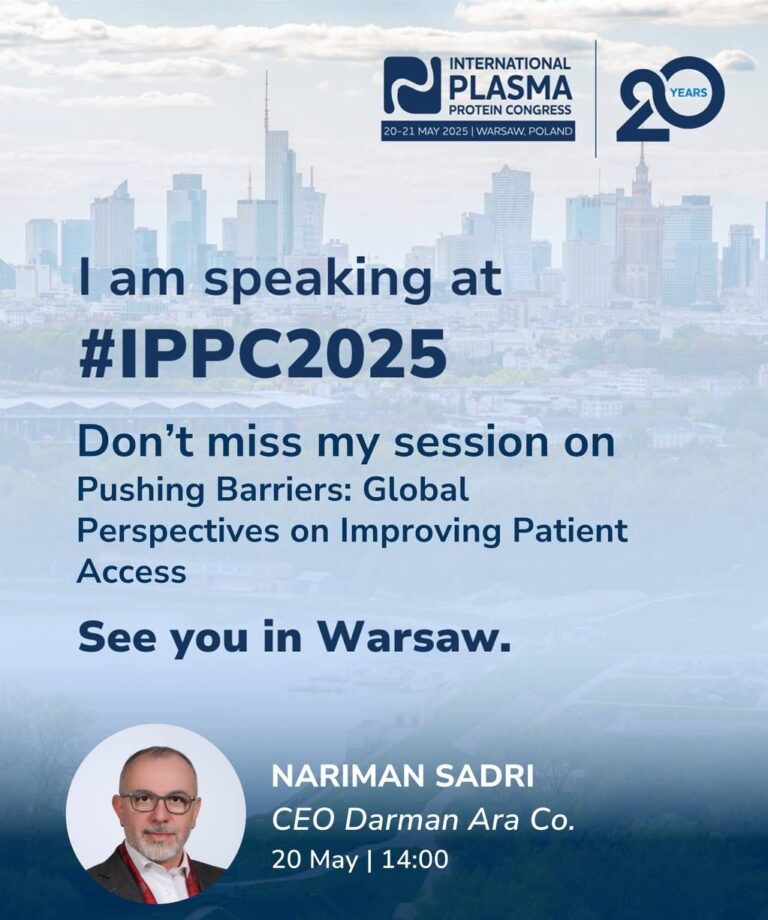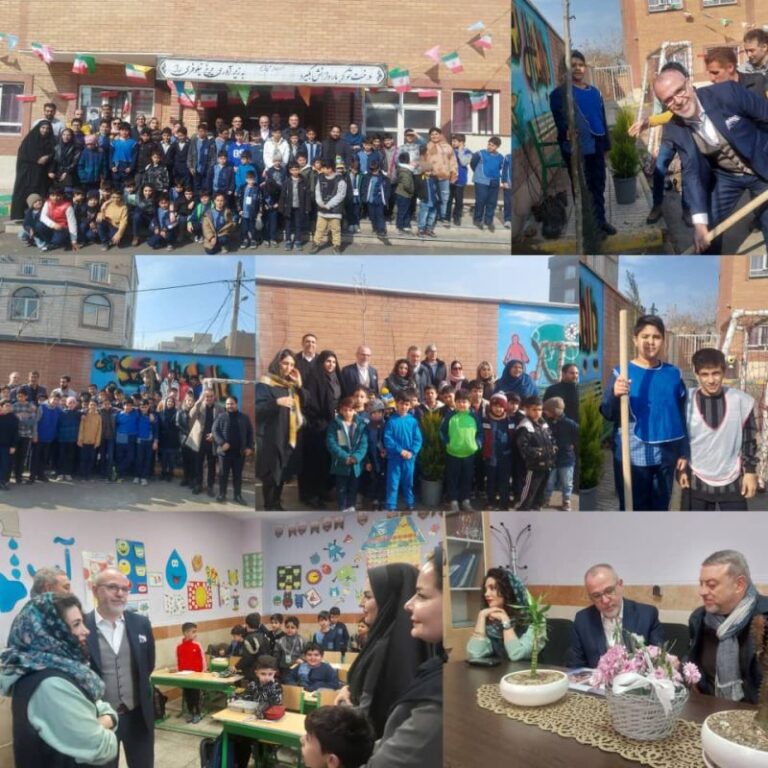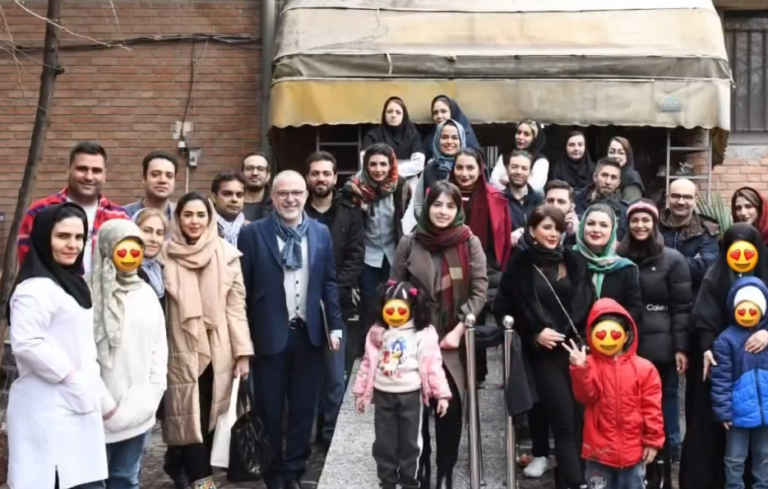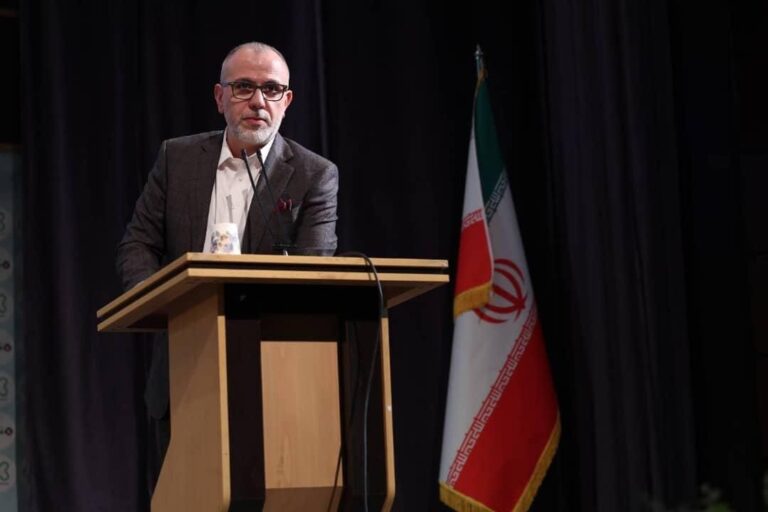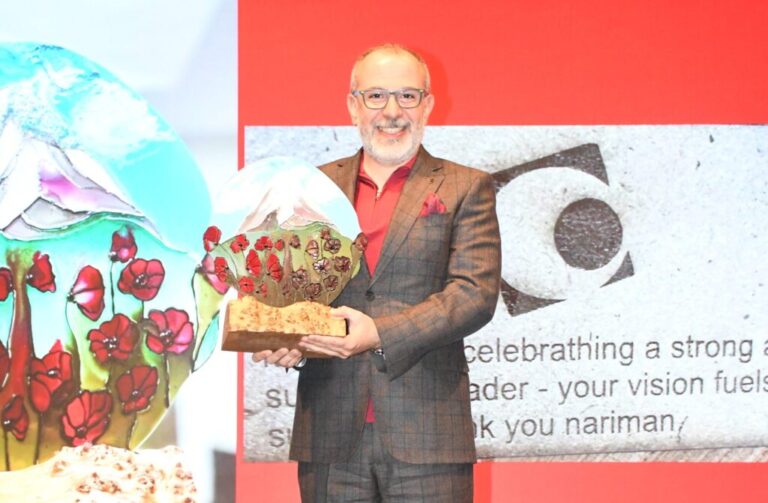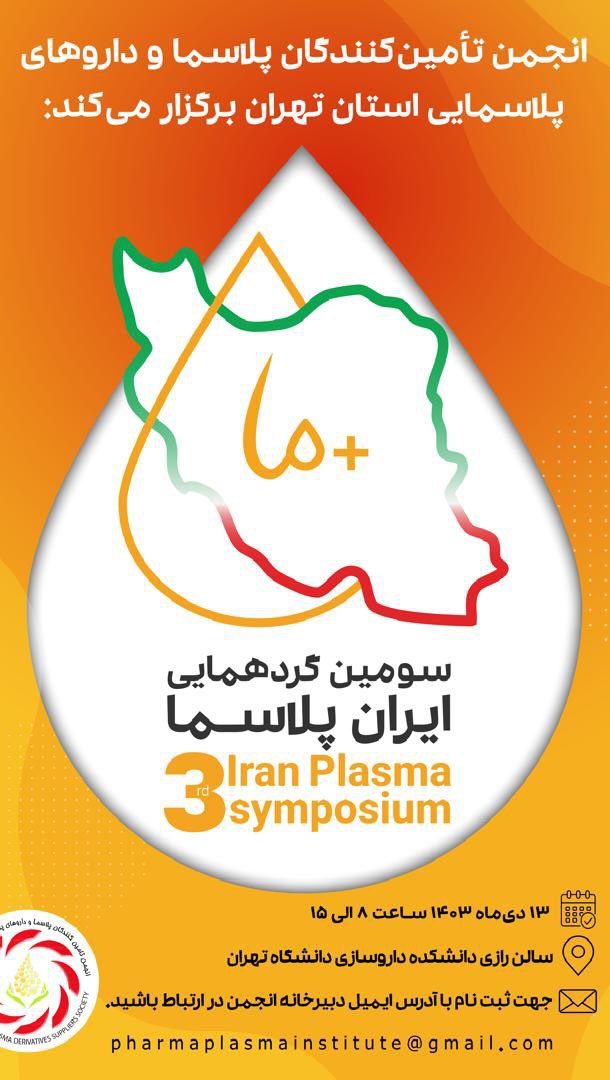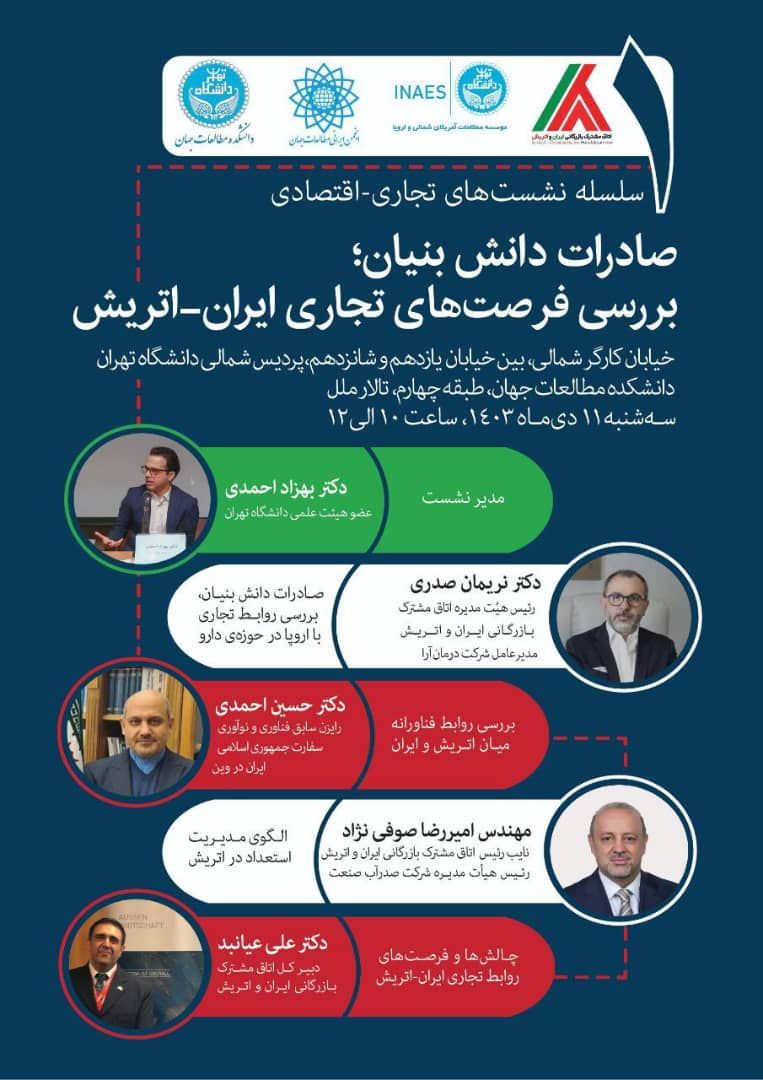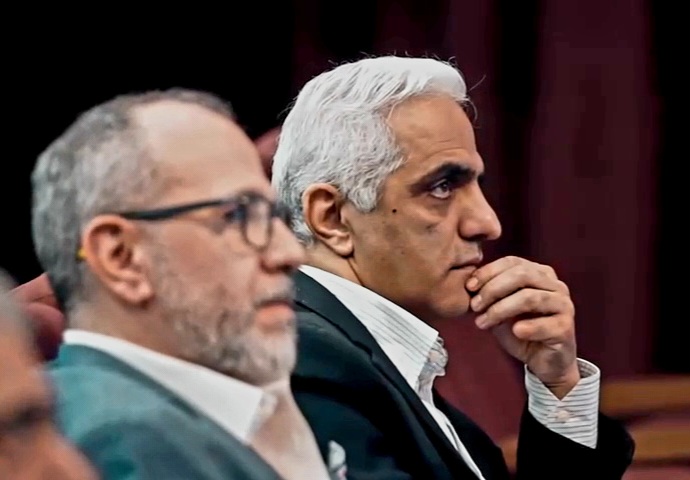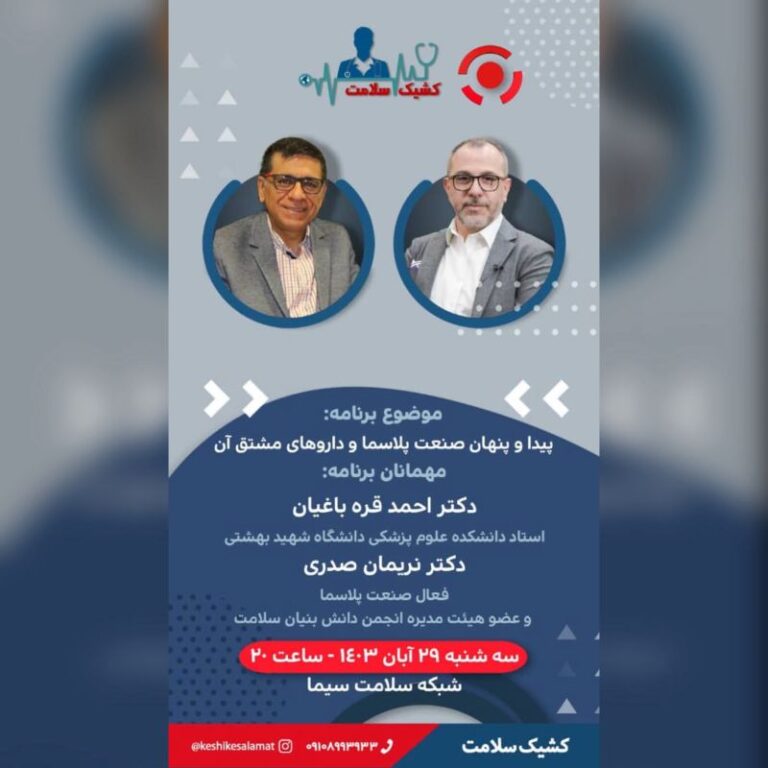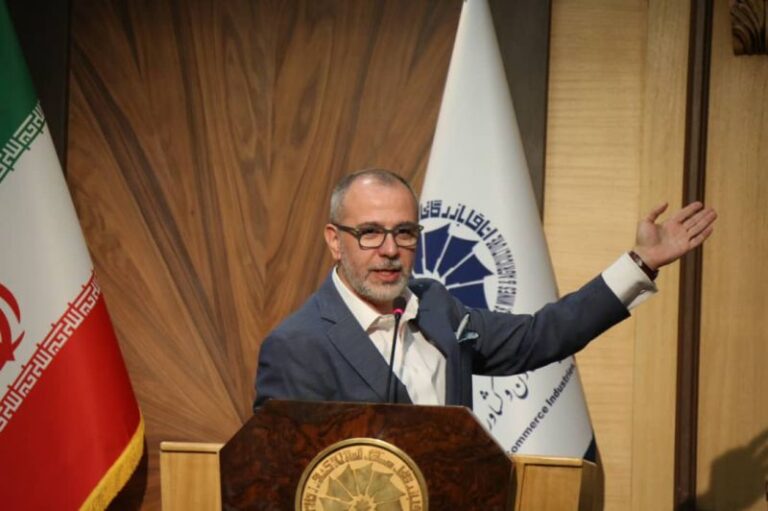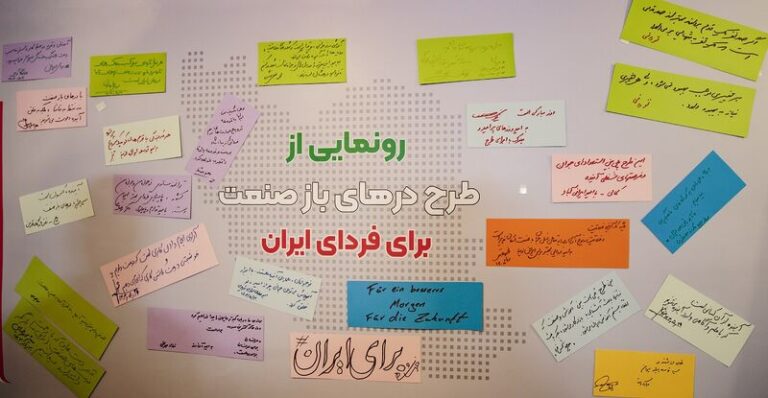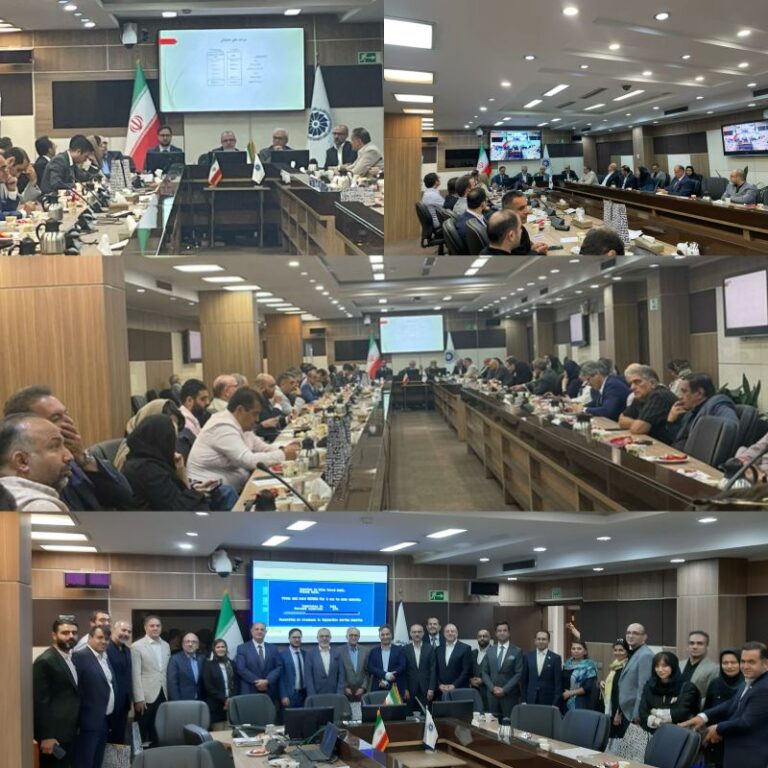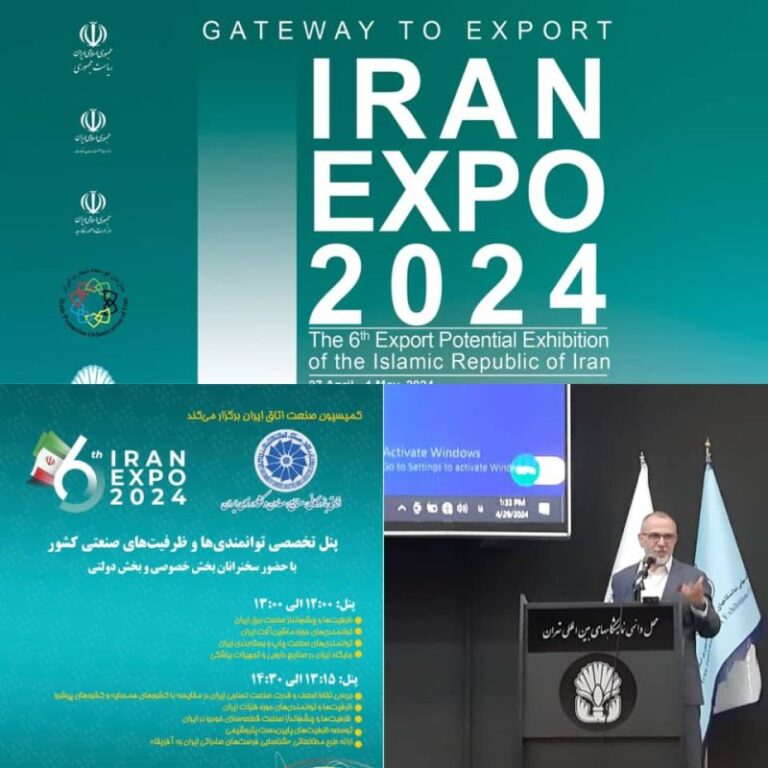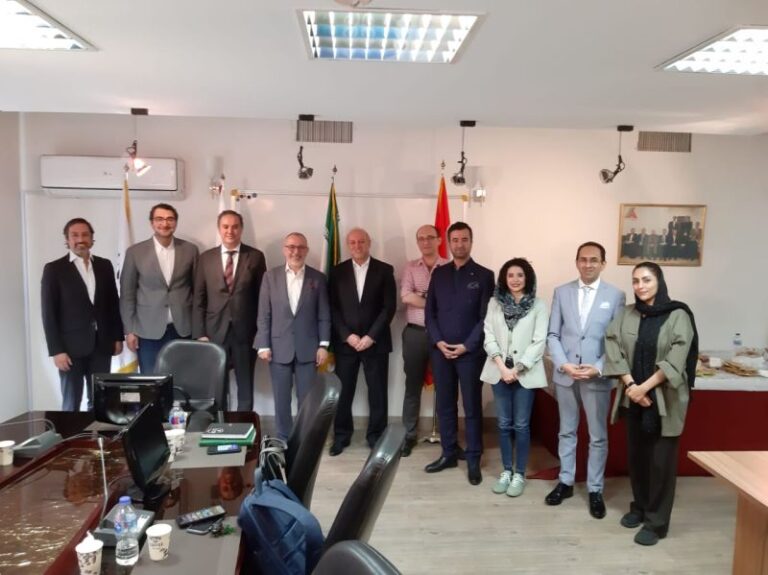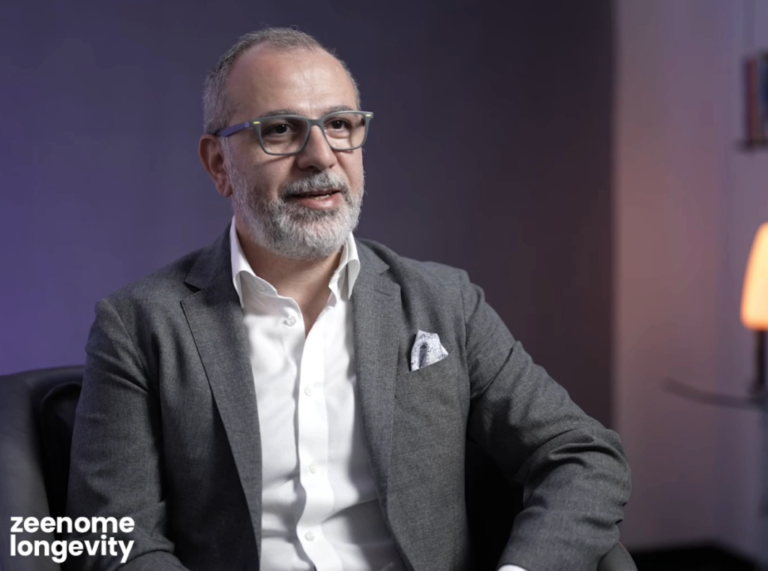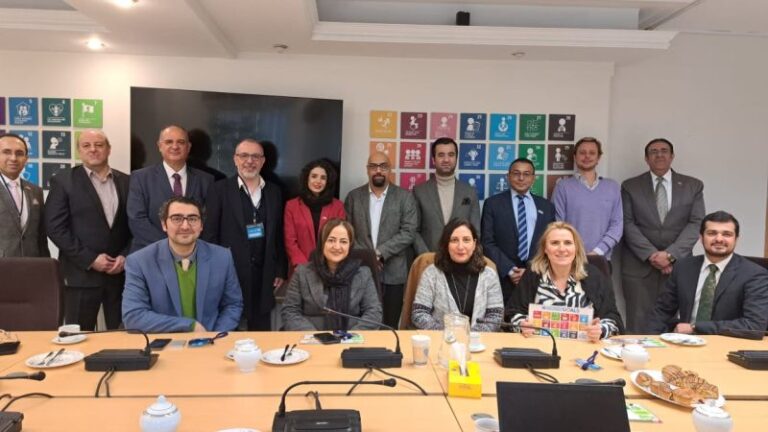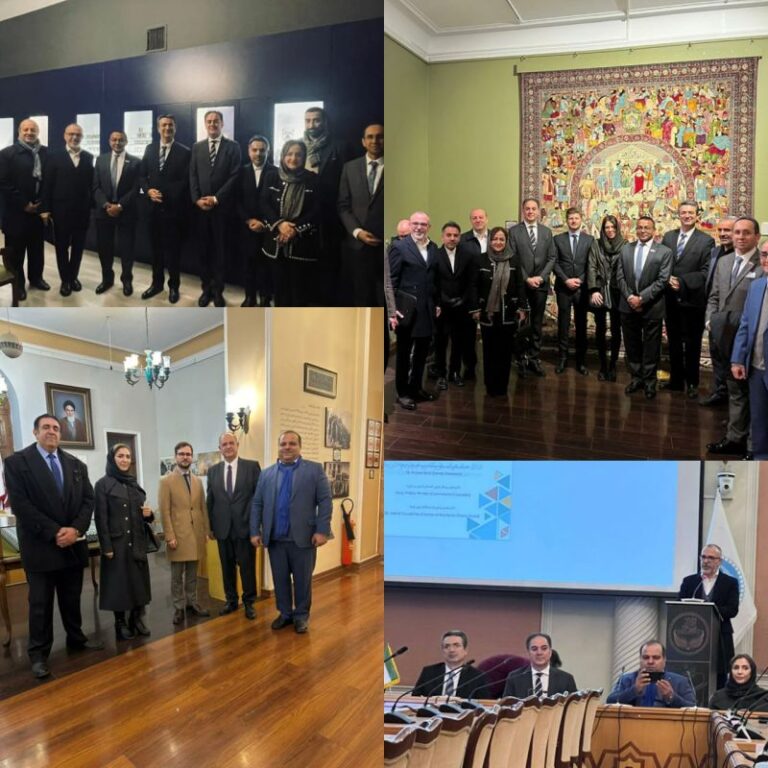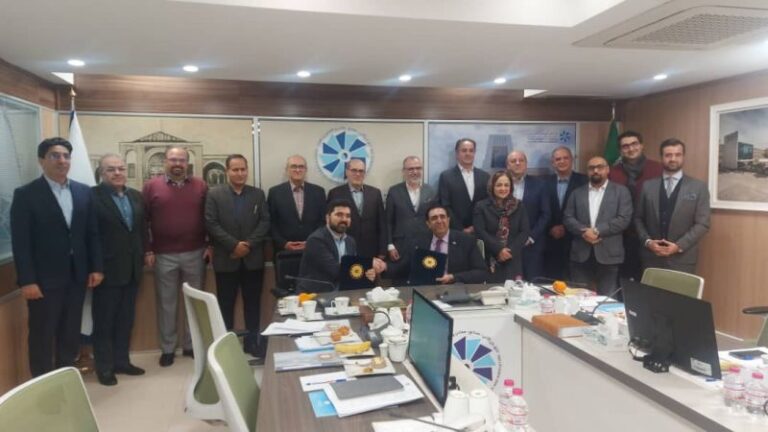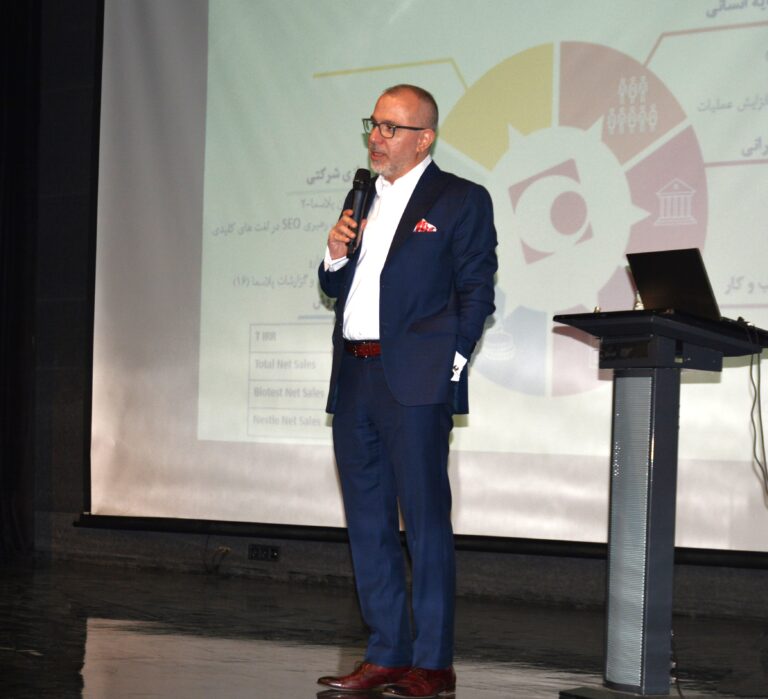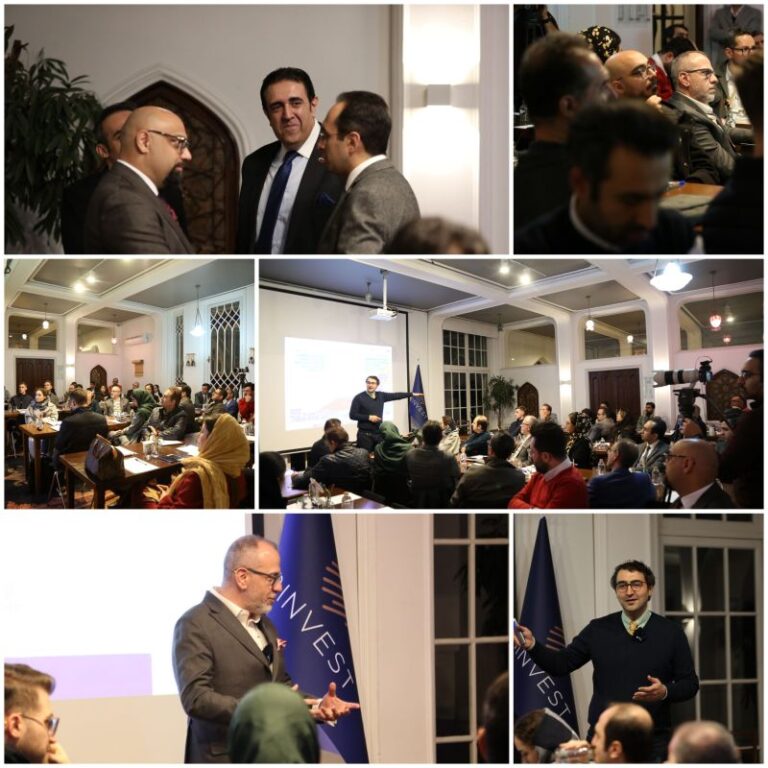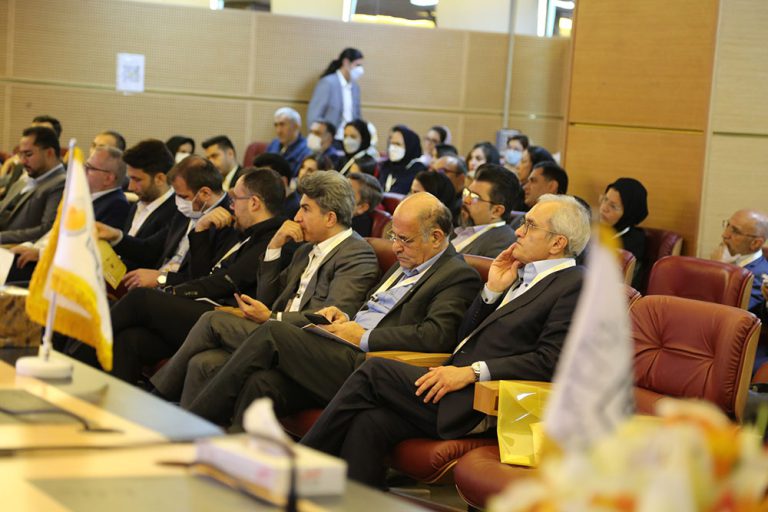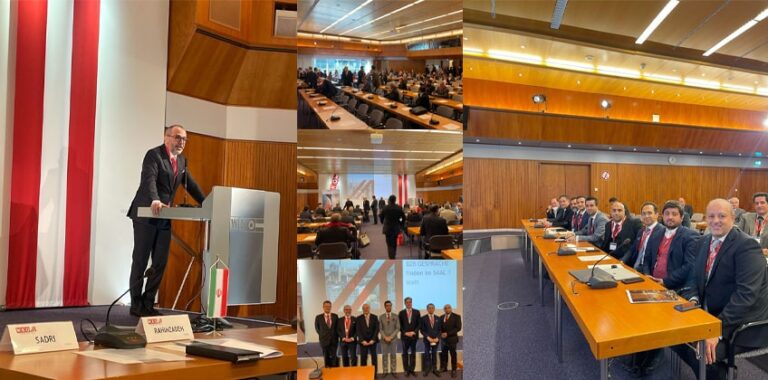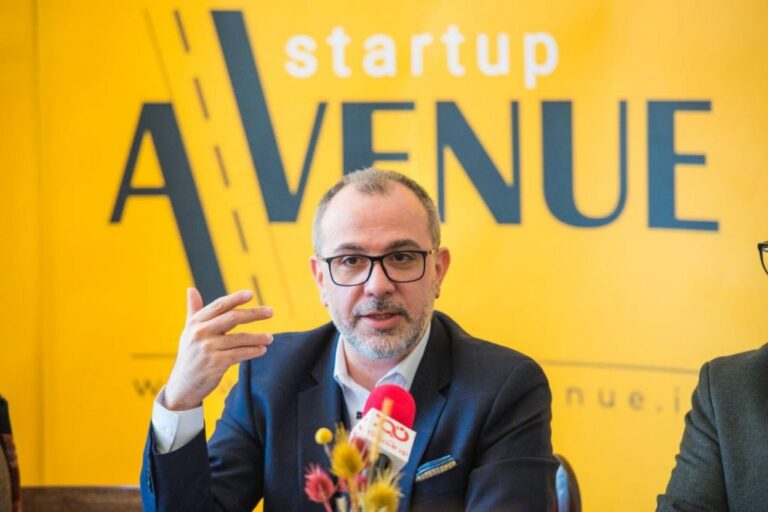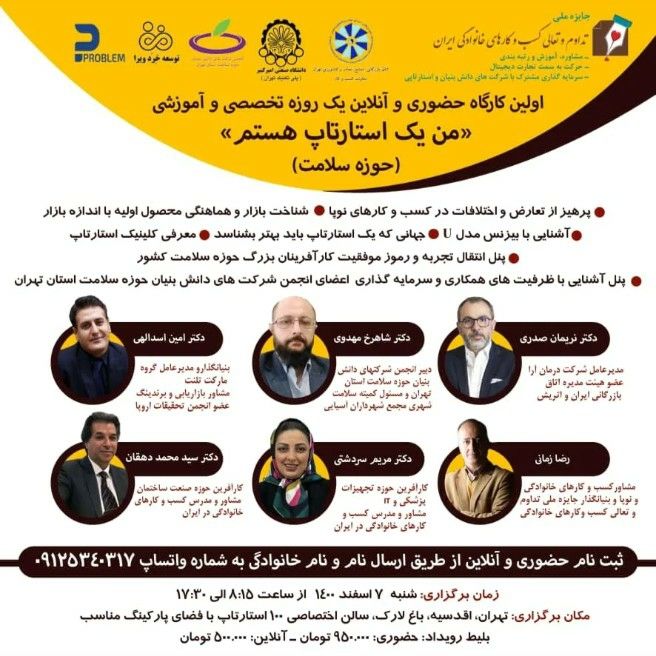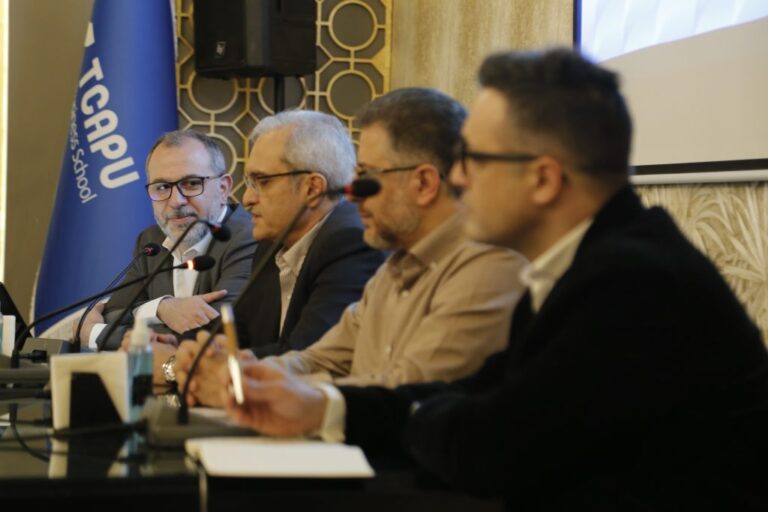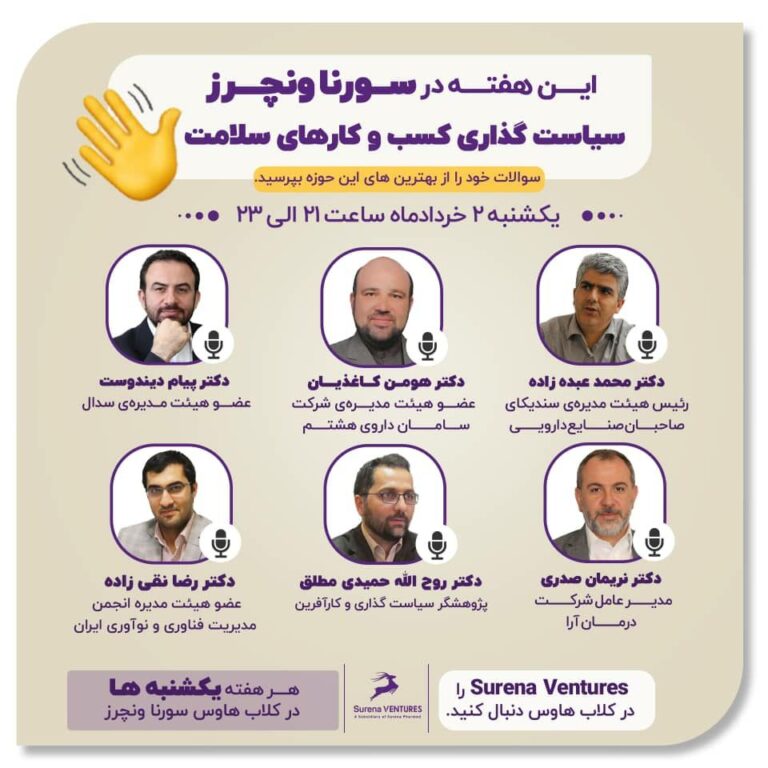It has been twenty months since a few grams of virus managed to drive us into the caves of our own solitude in a world that once promised the end of loneliness through the expansion of social connections that the modern age brought us. Our experience of communication has been profoundly transformed by technology. Everything has accelerated, including our interactions. There was a time when a person’s circle of friends could be counted on one hand, and friendship had a qualitative meaning. Today, there seems to be a race to expand the number of connections, as if this competition might somehow resolve the loneliness that has plagued humanity for tens of thousands of years.
Humans are social beings one cannot truly become human in absolute isolation, as part of our very definition of humanity is shaped by our social interactions and the space between ourselves and others. Within us lies a force that draws us toward others, completing our sense of self through connection. At the same time, another force exists one that separates us from others, even in the noisiest of crowds, making humans the loneliest social creatures.
Loneliness is a reality, and it can even be a pleasurable one provided it is not forced. When, in the middle of a lively party or a packed sports stadium, we consciously choose to retreat and connect with the world inside and around us, we experience a kind of voluntary solitude. But the bitter face of loneliness emerges when it is imposed upon us, without our consent a reality for many during this pandemic.
We are alone in how we perceive and experience the world, and this is a universal truth. One of our greatest limitations is language it can never fully convey the depth of our pain or joy, reducing our experiences to the size of words. The understanding that human loneliness is universal, and that the suffering we endure in solitude cannot be fully comprehended by others, can foster a collective sense of compassion.
Every year, hundreds of people, overwhelmed by deep suffering and isolation, take their own lives. In Iran, fifteen people die by suicide every day. Beyond the medical and psychological explanations which are undeniably important when viewed through the lens of human empathy, the pain that drives people to end their lives speaks to something deeply wrong. As the statistics show, the prevalence of this phenomenon continues to rise globally, even as social connections seemingly grow. This paradox makes us wonder where have we gone wrong?
Last week, the world marked World Suicide Prevention Day. I write this not as a doctor, but as someone who has lost loved ones to suicide. This piece is not an academic analysis of suicide, but rather a reflection of empathy and understanding for the loneliness felt by those who take their lives. I hope its message might resonate and make a difference, however small.
The World Health Organization (WHO) estimates that around 800,000 people die by suicide each year. Approximately 80% of suicides occur in low and middlem income countries. For every suicide, there are many more people who attempt or seriously consider it. The ripple effects of suicide deeply impact families and communities approximately 135 people are affected by each suicide.
This year’s theme for World Suicide Prevention Day, “Creating Hope Through Action,” serves as a reminder that there are alternatives to suicide. The goal is to inspire confidence and light in all of us to recognize that our actions, no matter how small, can create hope for those who are struggling. Suicide prevention is often possible, and each of us plays a crucial role. Through our actions, we can make a difference for someone in their darkest moments as a community member, a child, a parent, a friend, a colleague, or a neighbor. We can all take steps to support those who are experiencing suicidal crises or grieving the loss of someone to suicide.
The factors leading to suicide are complex and multifaceted. There is no single approach that works for everyone. What we do know is that certain factors and events can make individuals more vulnerable, and mental health conditions like anxiety and depression can contribute significantly. People who die by suicide often feel like a burden to their friends, family, and those around them they feel isolated and believe they have no other options, amplifying the agony of loneliness.
The COVID-19 pandemic has heightened our sense of isolation and vulnerability. By creating hope through action, we can show those experiencing suicidal thoughts that hope exists that we care and are here to support them. Sometimes, all it takes is being aware of those around us. By recognizing that someone in our neighborhood may be silently suffering and offering a compassionate connection, we can provide the hope they need to seek help.
Here’s to a kinder world.

